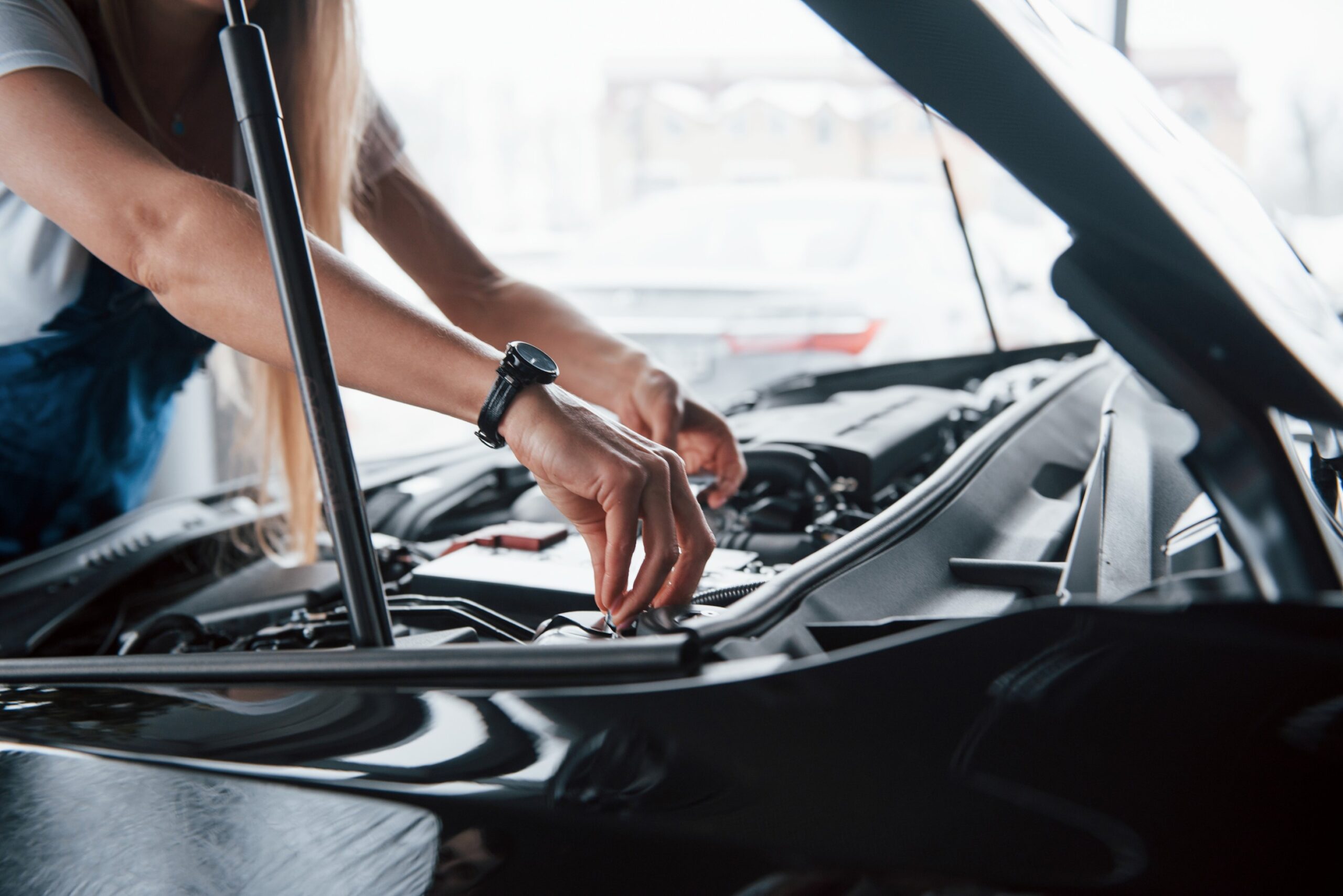The Role of Routine Maintenance in Car Performance – Guest Post

How long do you wait after your check engine light turns on before doing something about it?
A week? A month? Until smoke starts billowing from under the hood? It’s a common habit—ignore the small stuff until it becomes expensive. But in a time when car prices are climbing, supply chain delays are making parts harder to find, and used vehicles are holding value longer than some crypto coins, neglecting routine maintenance isn’t just risky—it’s reckless.
In this blog, we will share how routine upkeep directly impacts your car’s performance and long-term health.
Maintenance Isn’t Just About Avoiding Breakdowns
Driving isn’t the same as keeping a car in good shape. Problems build slowly—thick oil, worn brakes, clogged filters—until performance drops or fuel use spikes. Regular service keeps things smooth. Skipping one oil change won’t wreck your car, but ignoring several adds up fast. You risk longer stops, worse mileage, and early part failure. Maintenance may feel optional—until your car reminds you it isn’t, usually at the worst time.
There are dedicated European auto repair experts who specialize in brands like BMW, Audi, and Mercedes. Unlike general shops, they focus only on these vehicles, making diagnostics faster and more accurate. Familiar with common failures and subtle wear patterns, they can catch issues early—before they turn into major repairs. This level of focus helps keep performance sharp and prevents small problems from becoming expensive setbacks down the road.
Regular service is also about keeping things predictable. You don’t want your brakes to start grinding two days before a road trip. You don’t want to find out your battery’s dead during a surprise Texas cold snap. The fewer surprises, the better your odds of staying on the road without hitching a ride from a tow truck.
The Larger Shift: Maintenance Culture Is Changing
Maintenance used to be an afterthought for many drivers, something you squeezed in when time allowed. But with cars lasting longer, people are starting to treat them more like long-term investments than disposable assets. A 2023 study showed the average age of a vehicle on U.S. roads hit a record high—over 12 years. That means more owners are realizing that staying ahead of problems isn’t optional if they want their car to last beyond the warranty.
Repair costs aren’t what they used to be either. Labor shortages and higher parts prices mean even minor fixes can balloon fast. Catching an issue early keeps it small. Stretching oil change intervals to save $50 now can end with a $4,000 engine rebuild next year. It’s not just about keeping your car “running”—it’s about keeping it running right.
Routine maintenance doesn’t make headlines. It doesn’t trend. But in a world where everything seems to cost more and last less, a well-maintained car is one of the few things you can still control. If you take care of it, it’ll take care of you. If you don’t, eventually, it’ll leave you stranded. Probably in rush hour. Probably when it’s raining.

